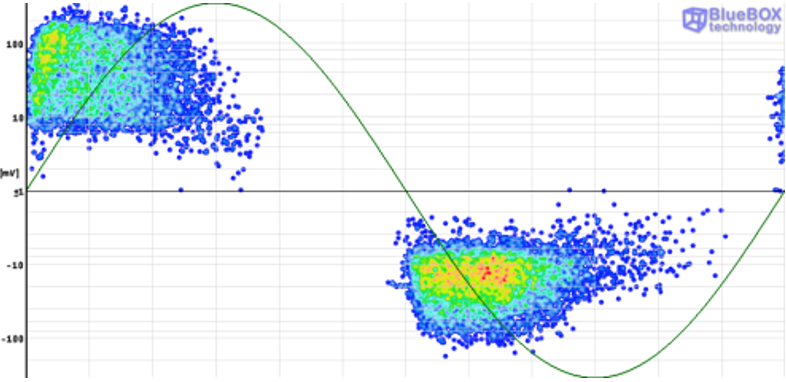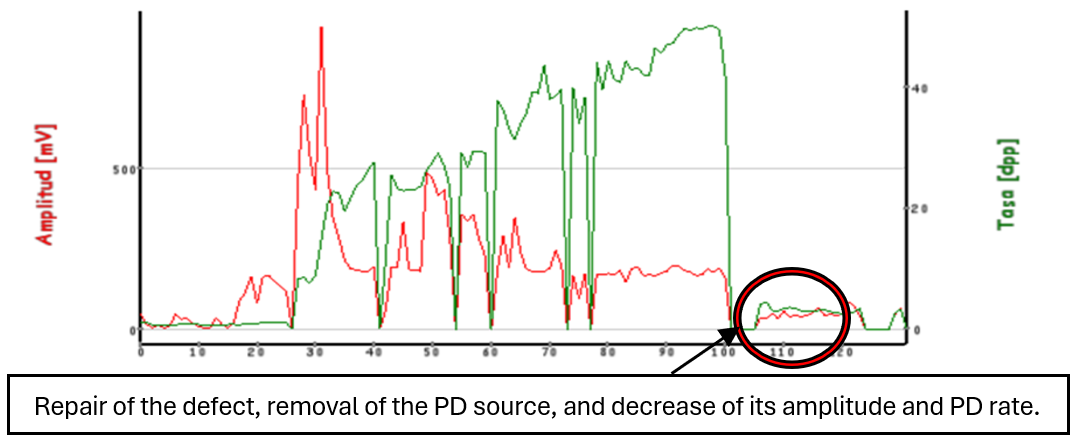Introducción
El Aeropuerto Madrid-Barajas se encuentra en el noreste de Madrid, en el distrito de Barajas, a 12 kilómetros del centro de la ciudad. Es el aeropuerto más transitado de España en términos de pasajeros, carga y operaciones. Ocupa el cuarto lugar en Europa y el duodécimo a nivel mundial por volumen de pasajeros, con más de 45 millones de viajeros que pasan por sus instalaciones cada año, aproximadamente 123.000 al día.
Problemas de suministro eléctrico debido a defectos de aislamiento
Alrededor de las 23:00 horas del 15 de agosto de 2009, se produjo un fallo eléctrico en el Aeropuerto Madrid-Barajas que provocó un apagón de una hora. Las investigaciones realizadas por AENA (el gestor del aeropuerto), una empresa externa y la Universidad Politécnica de Madrid concluyeron que la falla fue causada por descargas parciales (PD), lo que derivó en una avería del aislamiento en la conexión de un transformador. El defecto se originó durante la instalación debido a un error cometido por el técnico al montar el accesorio.
Mediciones iniciales
Para evitar incidentes similares, AENA decidió realizar mediciones específicas para evaluar el estado del aislamiento del sistema de cables. Estas mediciones se llevaron a cabo utilizando equipos portátiles basados en la tecnología BlueBox, que detectaron varias fuentes de descargas parciales (PD) en diferentes accesorios. Los componentes afectados fueron reparados y se volvieron a medir para confirmar la correcta restauración.
Posteriormente, AENA instaló un sistema de monitoreo permanente en uno de sus cables más críticos: un cable de doble circuito de 45 kV recién instalado, de 4.135 metros de longitud, con cuatro puntos de cross-bonding y varias empalmes rectos.
Puesta en servicio del cable
Para poner en servicio el cable de doble circuito de 45 kV, se realizó una prueba utilizando un generador de muy baja frecuencia (VLF) a 1,2 veces la tensión nominal. Tras la prueba, se empleó la tecnología BlueBox para verificar que el sistema de cables estaba libre de actividad de descargas parciales (PD).
Monitorización continua con BlueBox Technology
Después de que la prueba de puesta en servicio con muy baja frecuencia (VLF) confirmara la ausencia de fuentes de DP, se activó el sistema de monitorización continua basado en BlueBox Technology.
Tras unos días de recolección de datos, se detectaron y localizaron múltiples fuentes de DP en las uniones del cable recién instalado. Estas fuentes de DP fueron monitorizadas durante varios días más para evaluar su criticidad.

Después de nueve meses de monitorización, se localizaron un total de diez fuentes de DP causadas por problemas en el aislamiento principal. Estas fuentes mostraron una alta amplitud y una elevada tasa de DP, lo que las hacía propensas a provocar una avería en el corto plazo.



Conclusiones
Gracias a BlueBox Technology, se detectaron múltiples defectos en las uniones del sistema de cables. Ninguna de estas fuentes de DP fue identificada durante la prueba inicial de puesta en servicio realizada con otras tecnologías.
Dado que el sistema de cables era completamente nuevo, las fuentes de DP probablemente se originaron por errores durante la instalación y el montaje del circuito. BlueBox Technology permitió medir la amplitud y la tasa de DP, lo que facilitó un diagnóstico preciso del estado del aislamiento y la planificación de las reparaciones. Tras completar las reparaciones, las mediciones posteriores confirmaron que el sistema de cables estaba libre de actividad interna de DP.





